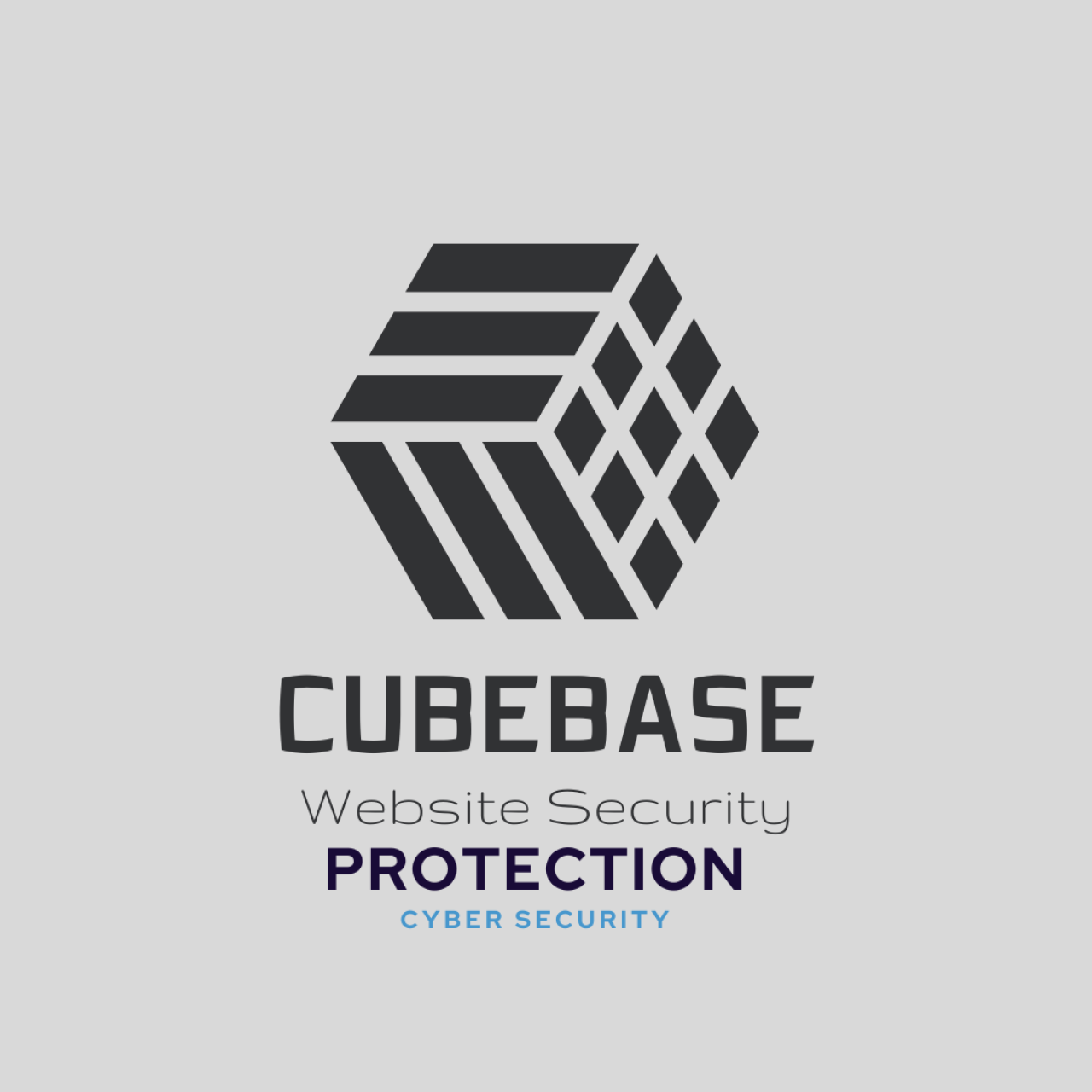Website Security: A Comprehensive Guide for Developers and Businesses

Website Security: A Comprehensive Guide for Developers and Businesses
Introduction
Website security is a critical aspect of modern web development and business operations. Cyber threats are continuously evolving, making it essential to implement robust security measures to protect sensitive data, prevent breaches, and maintain trust with users. This guide provides an in-depth analysis of website security, covering essential practices, tools, and techniques for securing your web applications.
Understanding Cyber Threats
1. Common Cybersecurity Threats
Before implementing security measures, it is important to understand common cyber threats, including:
- SQL Injection (SQLi): Attackers inject malicious SQL queries to manipulate databases.
- Cross-Site Scripting (XSS): Malicious scripts are injected into web pages to steal user data.
- Cross-Site Request Forgery (CSRF): Users are tricked into executing unwanted actions on a trusted site.
- Brute Force Attacks: Attackers repeatedly attempt to guess passwords to gain unauthorized access.
- DDoS Attacks: Distributed Denial of Service (DDoS) floods a website with traffic, causing downtime.
- Malware and Ransomware: Malicious software infects systems to steal or encrypt data.
Example of SQL Injection Prevention
// Using prepared statements in PHP to prevent SQL injection
$pdo = new PDO('mysql:host=localhost;dbname=secure_db', 'user', 'password');
$stmt = $pdo->prepare('SELECT * FROM users WHERE email = :email');
$stmt->execute(['email' => $email]);
$result = $stmt->fetchAll();
2. The Importance of Website Security
Website security is crucial for:
- Protecting user data and business information.
- Maintaining a company’s reputation and trustworthiness.
- Preventing financial losses from data breaches.
- Ensuring compliance with data protection laws (e.g., GDPR, CCPA).
- Avoiding downtime and service disruptions.
Best Practices for Website Security
1. Secure Your Hosting Environment
- Choose a reputable web hosting provider with security measures like firewalls, malware scanning, and DDoS protection.
- Regularly update server software and use secure configurations.
- Implement strict access controls for administrative accounts.
2. Implement Strong Authentication
- Require strong passwords with a mix of uppercase/lowercase letters, numbers, and symbols.
- Enforce two-factor authentication (2FA) for added security.
- Use OAuth or SSO (Single Sign-On) for enterprise applications.
Example of Hashing Passwords Securely in PHP
// Hashing a password securely
$password = 'UserSecurePassword';
$hashedPassword = password_hash($password, PASSWORD_BCRYPT);
echo $hashedPassword;
3. Keep Software and Plugins Updated
- Regularly update your CMS (WordPress, Joomla, etc.), frameworks (Laravel, CodeIgniter), and plugins.
- Remove unused plugins and themes to reduce attack surfaces.
- Monitor security patches and apply them immediately.
4. Secure Data Transmission
- Use HTTPS with SSL/TLS certificates to encrypt data between the server and clients.
- Disable weak ciphers and enforce HSTS (HTTP Strict Transport Security).
- Implement Content Security Policy (CSP) to prevent XSS attacks.
Example of Enforcing HTTPS in Apache
ServerName example.com
Redirect permanent / https://example.com/
5. Protect Against SQL Injection and XSS
- Use prepared statements and parameterized queries to prevent SQL injections.
- Sanitize and validate all user input to prevent malicious script injections.
- Use security libraries like Laravel’s built-in query builder for safer database queries.
6. Set Proper File and Directory Permissions
- Restrict file permissions:
644for files (read/write for owner, read-only for others).755for directories (execute permissions required for browsing).
- Prevent direct access to sensitive files (e.g.,
.env,.htaccess). - Use .htaccess rules to restrict access to configuration files.
7. Implement Strong Session Management
- Use secure, HTTP-only, and same-site cookies for session storage.
- Regenerate session IDs after login and authentication.
- Implement session expiration and automatic logout for inactive users.
Example of Setting Secure Cookies in PHP
// Setting secure session cookies
session_set_cookie_params([
'lifetime' => 0,
'path' => '/',
'domain' => 'example.com',
'secure' => true,
'httponly' => true,
'samesite' => 'Strict'
]);
session_start();
8. Secure File Uploads
- Restrict allowed file types and validate uploaded files.
- Store uploads outside the web root to prevent direct access.
- Use randomized file names to avoid predictable file paths.
- Implement antivirus scanning for uploaded files.
9. Monitor and Audit Security Logs
- Enable logging for login attempts, failed logins, and critical actions.
- Use Intrusion Detection Systems (IDS) to detect suspicious activities.
- Regularly review logs for anomalies and unauthorized access attempts.
10. Protect Against DDoS Attacks
- Use CDN services like Cloudflare to mitigate large-scale attacks.
- Implement rate limiting to prevent automated bot attacks.
- Monitor traffic patterns and use firewall rules to block suspicious requests.
Example of Rate Limiting in Nginx
limit_req_zone $binary_remote_addr zone=one:10m rate=1r/s;
server {
location / {
limit_req zone=one burst=5;
}
}
Conclusion
Website security is an ongoing process that requires constant vigilance and proactive measures. By implementing best practices, leveraging security tools, and staying informed about emerging threats, businesses and developers can safeguard their websites from cyberattacks. Regular updates, secure authentication, strong access controls, and comprehensive monitoring are key to maintaining a secure web environment.
Staying ahead of cyber threats is crucial in today’s digital landscape. Invest in security today to protect your users, your data, and your business reputation.














